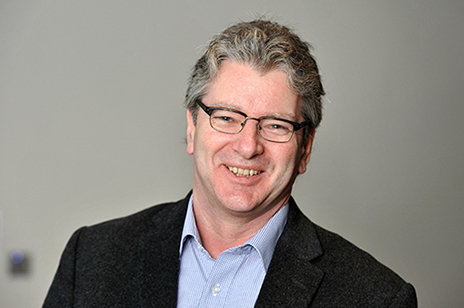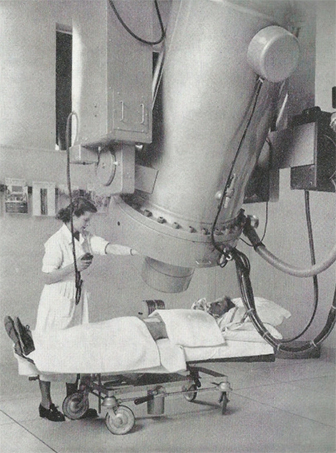New research shows women took the lead in early days of the NHS

Fri, 07 Apr 2017 10:27:00 BST
New discovery shows women in the 1950s, not just as nurses, but in labs, handling high-tech procedures and running most aspects of hospital life
 THE normal narrative of modern healthcare in Britain is that women did the nursing while the rapidly evolving technological and scientific dimensions were a male province. But now a University of Huddersfield professor is uncovering intriguing evidence – including photographs – that at the dawn of the NHS, women were just as likely to be found in labs and X-ray departments as at the bedside and running most aspects of hospital life.
THE normal narrative of modern healthcare in Britain is that women did the nursing while the rapidly evolving technological and scientific dimensions were a male province. But now a University of Huddersfield professor is uncovering intriguing evidence – including photographs – that at the dawn of the NHS, women were just as likely to be found in labs and X-ray departments as at the bedside and running most aspects of hospital life.
 A key theme in the 20th century healthcare is the shift from “care to cure”, according to Barry Doyle (pictured left), who is Professor of Health History at Huddersfield.
A key theme in the 20th century healthcare is the shift from “care to cure”, according to Barry Doyle (pictured left), who is Professor of Health History at Huddersfield.
“Caring is associated with women. It is a non-technical, non-pharmaceutical, even non-medicalised approach. As the 20th century develops we see the shift to curing cultures – new technologies, medication and pharmaceuticals. The focus has been on the concept of men and the male doctor using these things.”
Therefore, Professor Doyle was surprised when, while researching his book on hospitals in Leeds and Sheffield, he began to discover documentary material showing mid-20th century women carrying out analysis in the pathology lab, taking charge of radiography and handling other high-tech procedures.
 Most vivid is a brochure issued in 1952 by the Sheffield Regional Hospital Board, reporting on the previous five years of its activities – therefore covering the transformation to the NHS. It has a sequence of photographs showing women – some in nursing uniforms, some in lab coats – taking control of most aspects of hospital life.
Most vivid is a brochure issued in 1952 by the Sheffield Regional Hospital Board, reporting on the previous five years of its activities – therefore covering the transformation to the NHS. It has a sequence of photographs showing women – some in nursing uniforms, some in lab coats – taking control of most aspects of hospital life.
They use microscopes, manipulate a huge two million volt X-ray machine, operate an iron lung, take charge of the chest clinic and correct children’s eyesight in the orthoptic department. Few men are to be seen. Most doctors would have been male, but there were actually very few doctors in hospitals at this period, says Professor Doyle.
He has accumulated evidence from overseas as well as the UK. For example, a 1950s blood transfusion centre in Rouen, France, was entirely run by women.
Professor Doyle now believes there is an opportunity for health historians to reappraise the roles and status of women in early 20th century hospitals and he hopes to carry out further research. Meanwhile, he has written a blog that includes the text and pictures of the 1952 Sheffield booklet.
He acknowledges that men did begin to exert predominance in healthcare technology.
“As more and more doctors become involved in regular hospital work on a full-time basis, they tend to take over the limelight in these new technologies and new ways of doing medicine. Heroic male doctors take over the narrative of the medicalisation of healthcare.”







